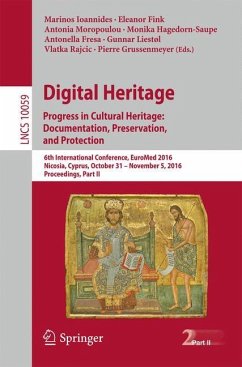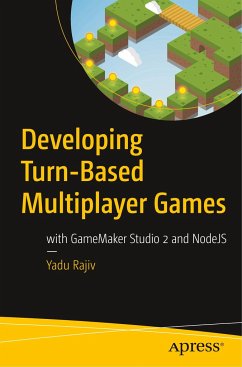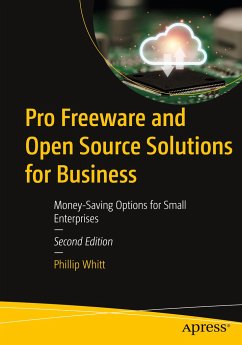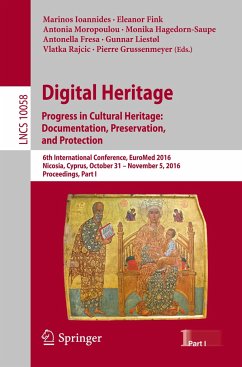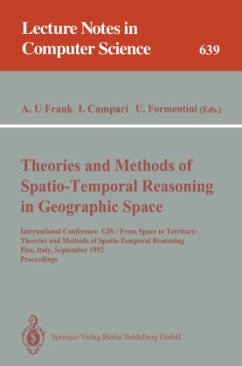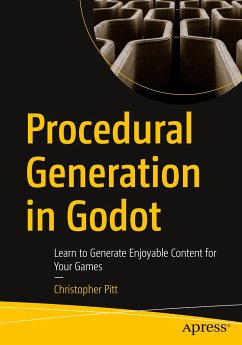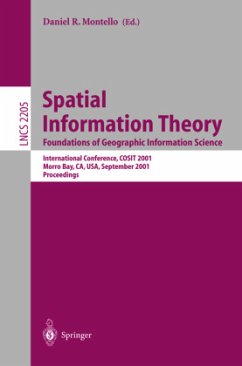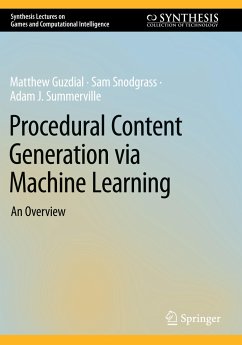
Procedural Content Generation for Games
Automate 3D Asset and Environment Creation with Blender Python and Geometry Nodes

PAYBACK Punkte
22 °P sammeln!
Learn to procedurally generate 3D content for your next game or simulation using the Blender Python API and geometry nodes. Automate parts of your asset creation pipeline while producing a starter library of environments, weapons, and other objects ready to use in your next Unreal project.You will start by getting comfortable with generating geometry in Blender Python by automating hand modeling basics, like blocking out weapon meshes by combining primitives and manipulating them with your favorite operators and modifiers. After that you ll take a deep dive in geometry nodes and tackle project...
Learn to procedurally generate 3D content for your next game or simulation using the Blender Python API and geometry nodes. Automate parts of your asset creation pipeline while producing a starter library of environments, weapons, and other objects ready to use in your next Unreal project.
You will start by getting comfortable with generating geometry in Blender Python by automating hand modeling basics, like blocking out weapon meshes by combining primitives and manipulating them with your favorite operators and modifiers. After that you ll take a deep dive in geometry nodes and tackle projects such as adding Voronoi cracks and creating sliceform versions of any mesh. Building on your Blender Python skills, you ll progress to fractal methods for generating realistic terrain, followed by grammar-based approaches such as L-systems for producing lifelike plants. Prefer environments based on real-world locations? Find out how to generate 3D contents based on GIS data, such as city skylines from building footprints, and 3D terrain from Digital Elevation Models (DEM). Along the way, you will also learn techniques for incorporating parametric modeling into your procedural system to optionally control chosen aspects of the generation process, to ensure that only meaningful variations coherent with the overall design are produced.
Whether you are looking to generate stylized content that aligns with your artistic vision, or realistic environments true to their real-world counterparts, this book will add a variety of practical (and fun) techniques to your procedural generation arsenal.
What You Will Learn
Automate 3D modeling steps traditionally done by hand with the Blender Python API and geometry nodes
You will start by getting comfortable with generating geometry in Blender Python by automating hand modeling basics, like blocking out weapon meshes by combining primitives and manipulating them with your favorite operators and modifiers. After that you ll take a deep dive in geometry nodes and tackle projects such as adding Voronoi cracks and creating sliceform versions of any mesh. Building on your Blender Python skills, you ll progress to fractal methods for generating realistic terrain, followed by grammar-based approaches such as L-systems for producing lifelike plants. Prefer environments based on real-world locations? Find out how to generate 3D contents based on GIS data, such as city skylines from building footprints, and 3D terrain from Digital Elevation Models (DEM). Along the way, you will also learn techniques for incorporating parametric modeling into your procedural system to optionally control chosen aspects of the generation process, to ensure that only meaningful variations coherent with the overall design are produced.
Whether you are looking to generate stylized content that aligns with your artistic vision, or realistic environments true to their real-world counterparts, this book will add a variety of practical (and fun) techniques to your procedural generation arsenal.
What You Will Learn
Automate 3D modeling steps traditionally done by hand with the Blender Python API and geometry nodes



